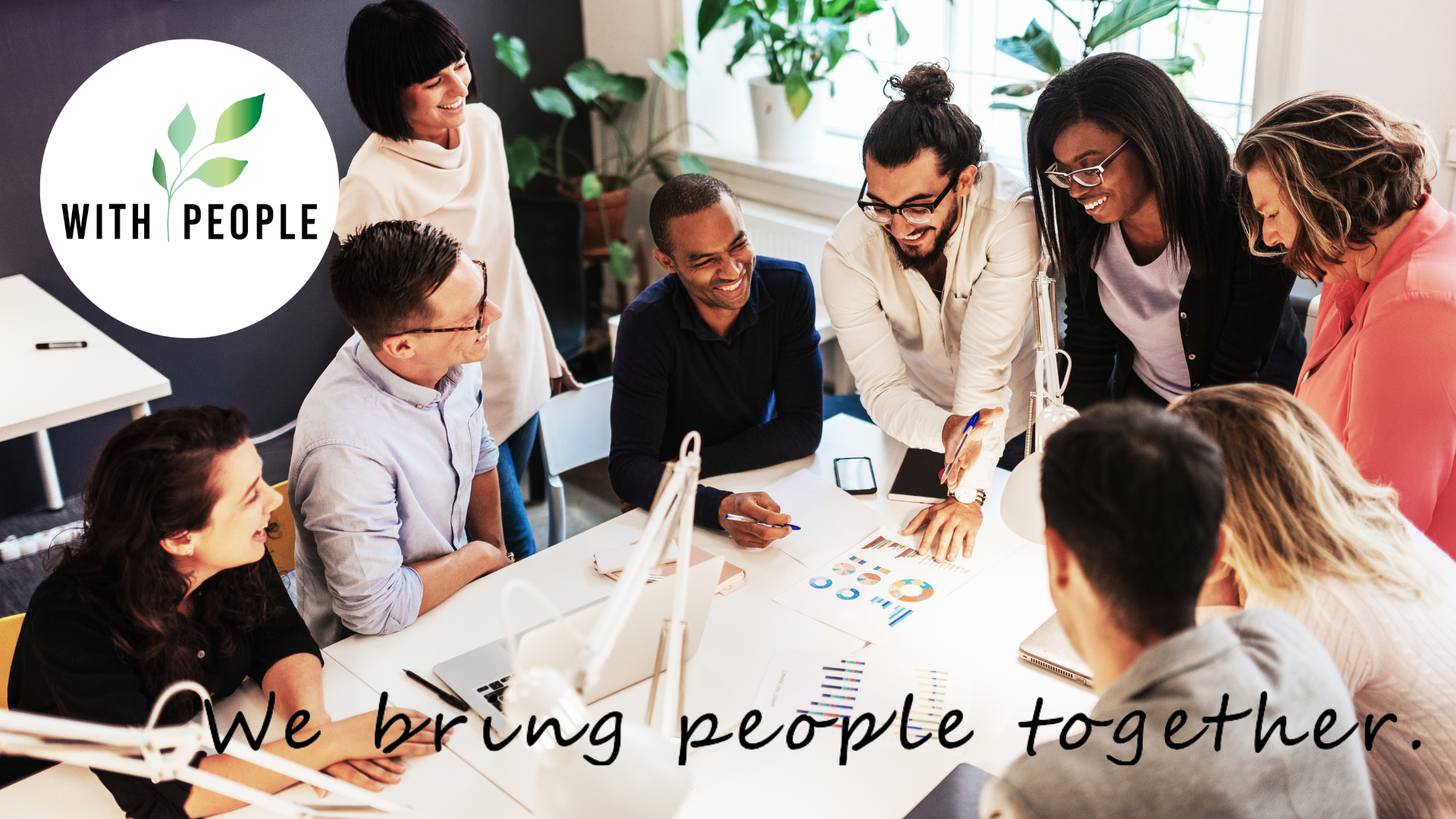Mental Health at Work Toolkit
Let’s normalize the conversation and commitment to mental health and well-being.
Awareness
1 in 5 Canadians currently copes with one or more mental wellness circumstances.
By 40 years of age, roughly 50% of the population will have or have had in the past encountered a mental health condition personally (CMHA).
Mental health and wellness generally need to be viewed as states of being rather than life sentences. It is a check-in. How are you doing today?
Stigma
If any other health factor were so pervasive, there would be health and safety stand-downs, persistent workshops and leadership commitments to embark on a journey of support and healing. A major factor in not talking about it is the stigma surrounding mental health at work. Like physical health, mental health affects everyone. We need to remove the stigma out of talking about mental health and wellness.
The #20PercentChallenge
Part of this outreach is a call to consider taking the #20percentchallenge.
Commit to 20% of your safety moments/talks on the topic of mental health at work and mental well-being. We have developed 52 mental health and safety moments to support you on this journey.
Take the #20percentchallenge!
Mental Health Toolkit
We noticed a gap. That being, an accessible mental health at work toolkit that we could imagine being widely adopted and used at the workface, within crews, departments and teams.
So we built it.
A Team of Volunteers
So a psychiatrist, psychologist, occupational health and safety nurse, disability management practitioner, human resources practitioner and a worker representative got together and developed the Toolkt.
Open Source
We did Copywrite it…so you can’t. It was imperative to the volunteers that developed the toolkit that the resource remains freely available to all.
The resources developed remain open source and can be accessed by anyone. We want you to use it as is or modify it as you see fit to meet your purpose.
Mental Health Moments
Performance Managing the Narcissist
Narcissists are typically self-centred, lack empathy and understanding, and have disproportionate, aggressive or passive-aggressive reactions to criticism. They present a challenge for managers and human resource practitioners to respond while maintaining the health and safety of other employees effectively. Narcissists tend to expect things to go their own way and act out, even retaliate, if colleagues do not reinforce their special status and treatment within the group. They will often not hesitate to depart from past or present truth to defend their self-worth—their self-esteem.
One Dish, One Spoon
I wish my workplace operated like this. What can we learn from the Dish with One Spoon Agreement?
The dish was a shared land from which each community ate, and they ate from one spoon. There was a shared responsibility to ensure the dish was never empty. No knives were at the table, meaning that we must keep the peace.
Is it better to be loved than feared? Supervision: Performance Management and Psychological Safety
Supervisors: Is it better to be loved than feared?
Workplace Mental Health: Mental Health Moments and the #20PercentChallenge
Workplace Mental Health: We invite leaders to take the #20PercentChallenge and commit 20% of safety moments to discuss mental health and wellbeing.
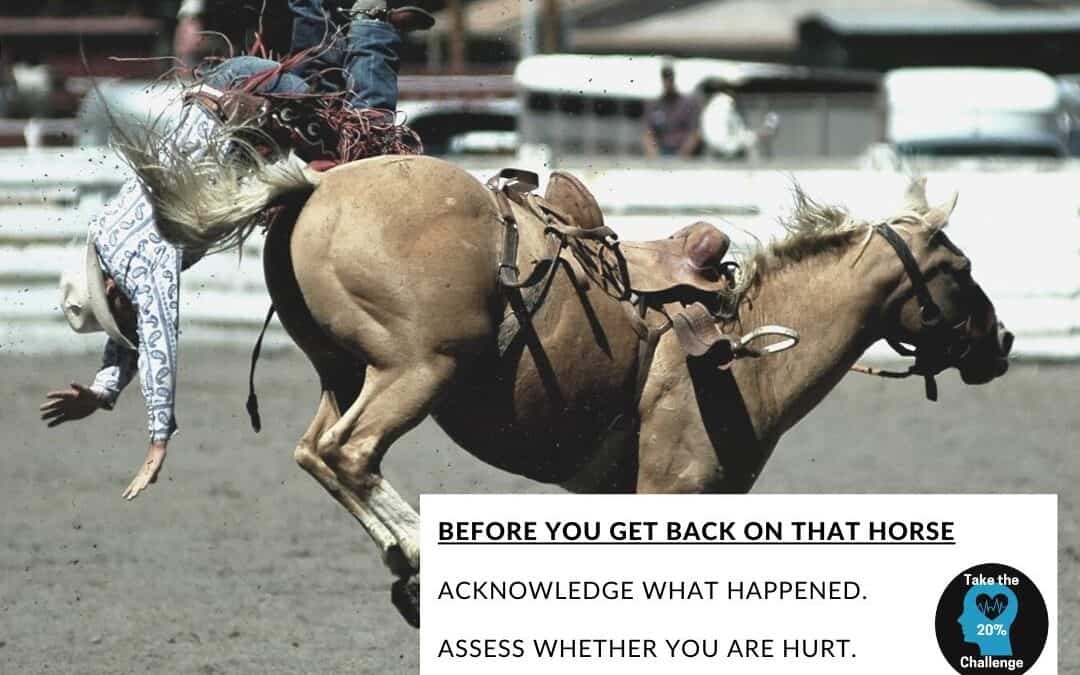
Get Back on the Horse, but Only When Ready
Most people who will tell you to “get back on that horse” have never been bucked off by one.
From experience, I can tell you they are skipping a few steps.
The first question asked after being bucked off is, “What the heck was that?”, then we ask, “Am I ok?” along with a frantic pat-down. After that, we slowly stand to confirm we are steady on our feet, check the horse and then, if it is appropriate to do so at that time, do we get back on that horse.
The quick analogy of getting back on the horse can leave the impression the goal is to soldier on without acknowledging the hurt, harm or emotions that coincide with life events.
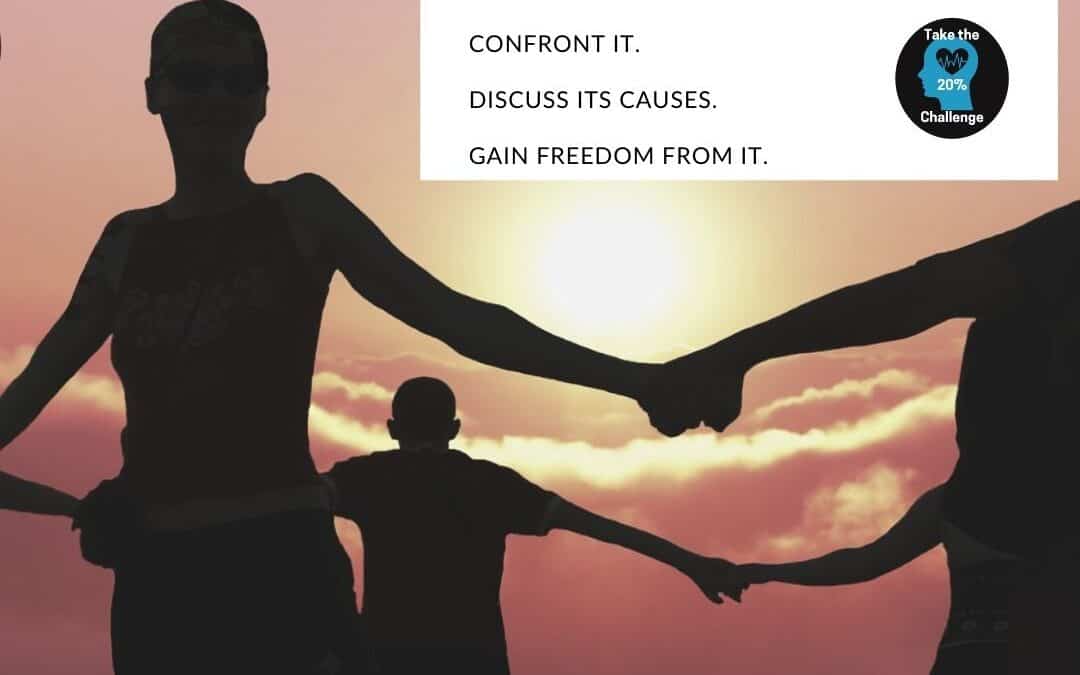
Lateral Violence: When the Oppressed become the Oppressors
Lateral violence is a form of bullying engaged in by those oppressed and lacking power. In this state of rage, anger, fear and at times terror, feeling unable to confront the system that dominates them, they instead lash out and attack peers and those closest to them, often those also oppressed.
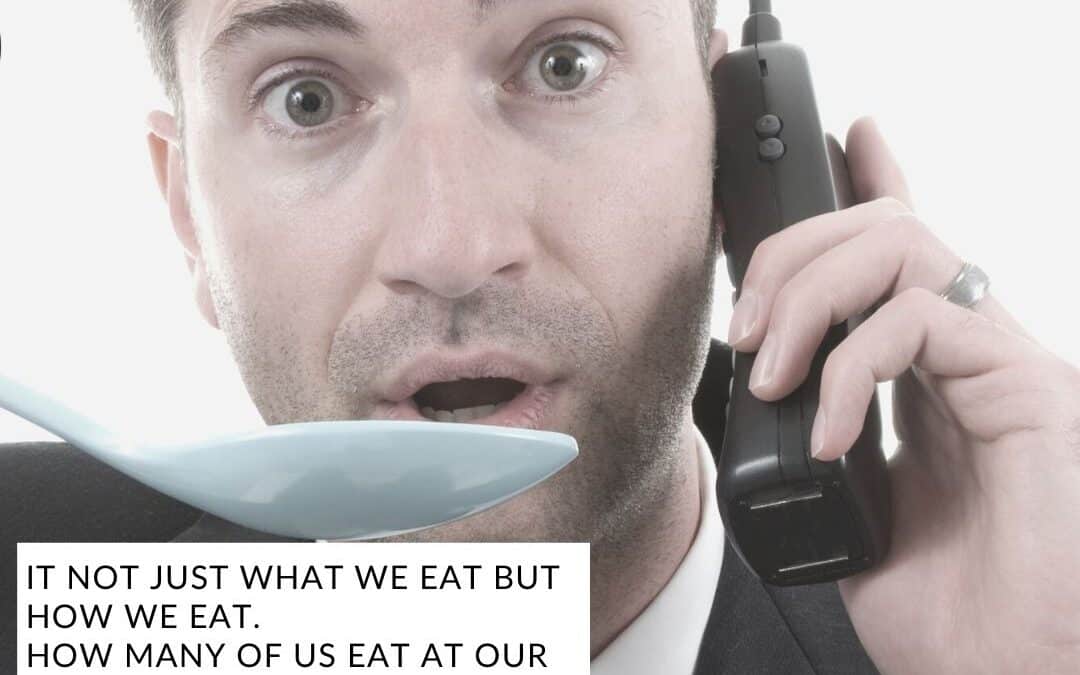
Rest and Digest. But Not at Your Desk!
It not just what we eat but how we eat. How many of us eat at our desks, on the go or rushing between meetings? What does that tell our brain / nervous system? It sends a signal that we are in danger. Instinctively, the only reason we would eat on the run is to get away from a predator. This edges our nervous system into a sympathetic state or a fight or flight state.
Only eat at your desk or on the go if you are too peaceful and serene and want to increase your anxiety. (har har)
Increase Productivity with the Pomodoro Method
Are we having difficulty focusing? Our minds weren’t meant to multi-task, certainly not to the extent that we demand. What normally happens? It does not go as planned. Our ambitious to-do list keeps growing, and we fall behind.
The Pomodoro method can help.
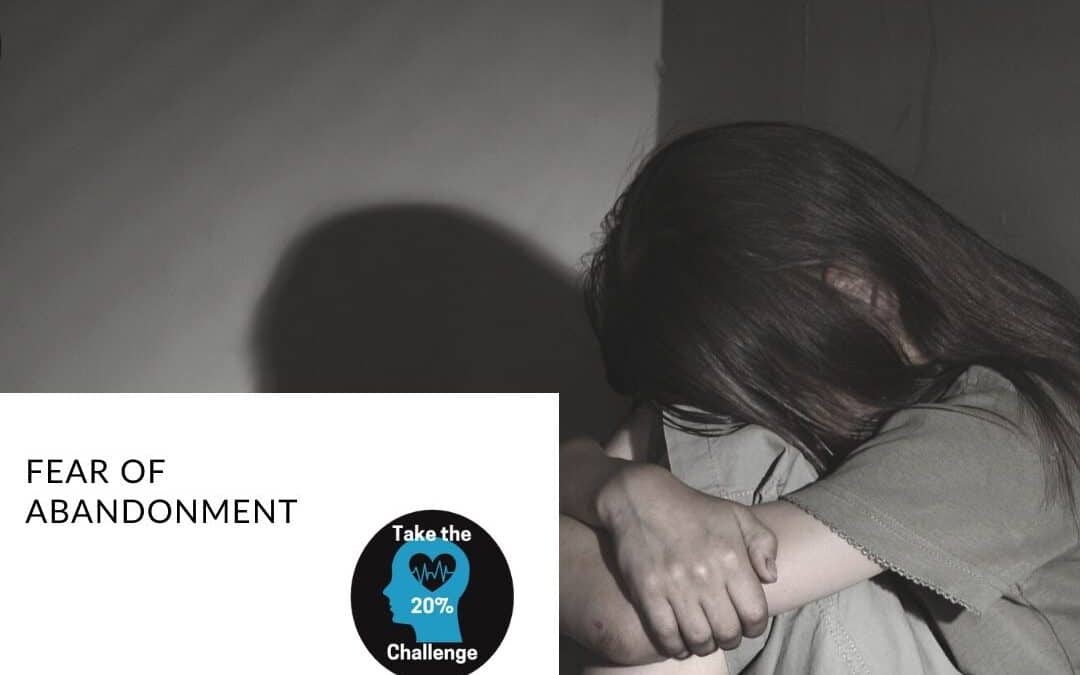
Fear of Abandonment
Many adults are affected by underlying fears of abandonment. When that is the case, they can often rely heavily on others for validation, anticipate rejection, and often be on alert for signs of disinterest. (Fear of Abandonment: Overcoming the Fear of Being Left Alone (psychalive.org))
This precarious feeling can create triggers and fears that stress the person’s relationships and create emotional swings, even in relationships at work.
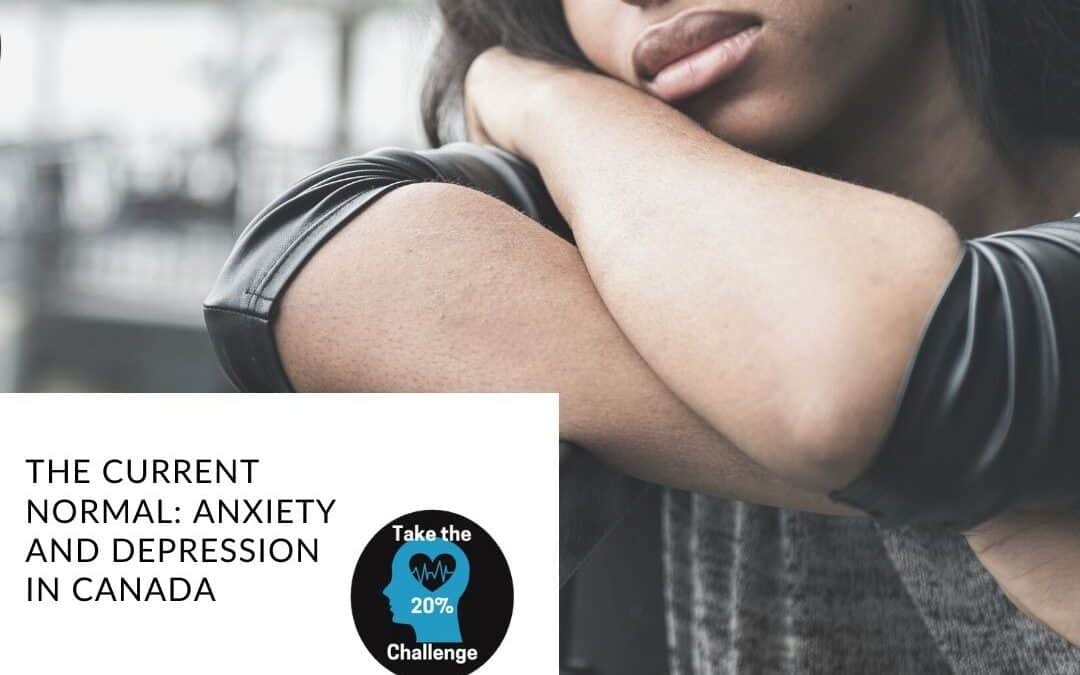
The Current Normal: Anxiety and Depression in Canada
Coinciding with the pandemic, 7 out of 10 Canadians reported mental distress in part related to the pandemic. 2 out of 5 (40%) reported some level of mental distress in the preceding month. The most common health conditions are anxiety and depression. This is the current normal.
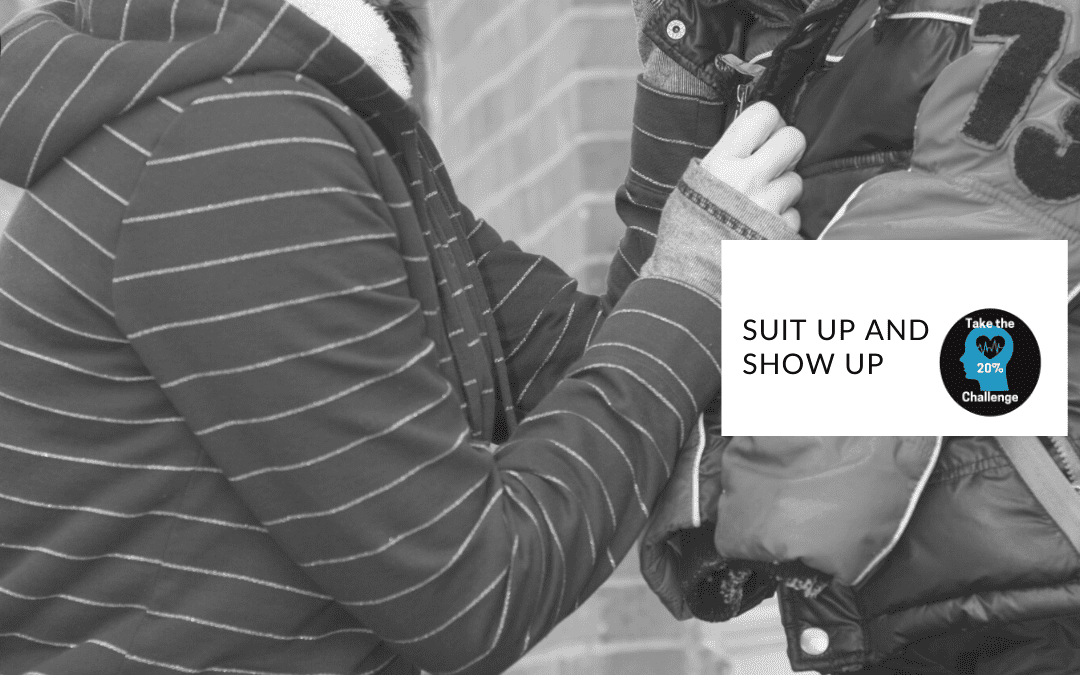
Suit Up and Show Up
Life changes constantly, and sometimes it is important to just show up, receive the day and do the best we can
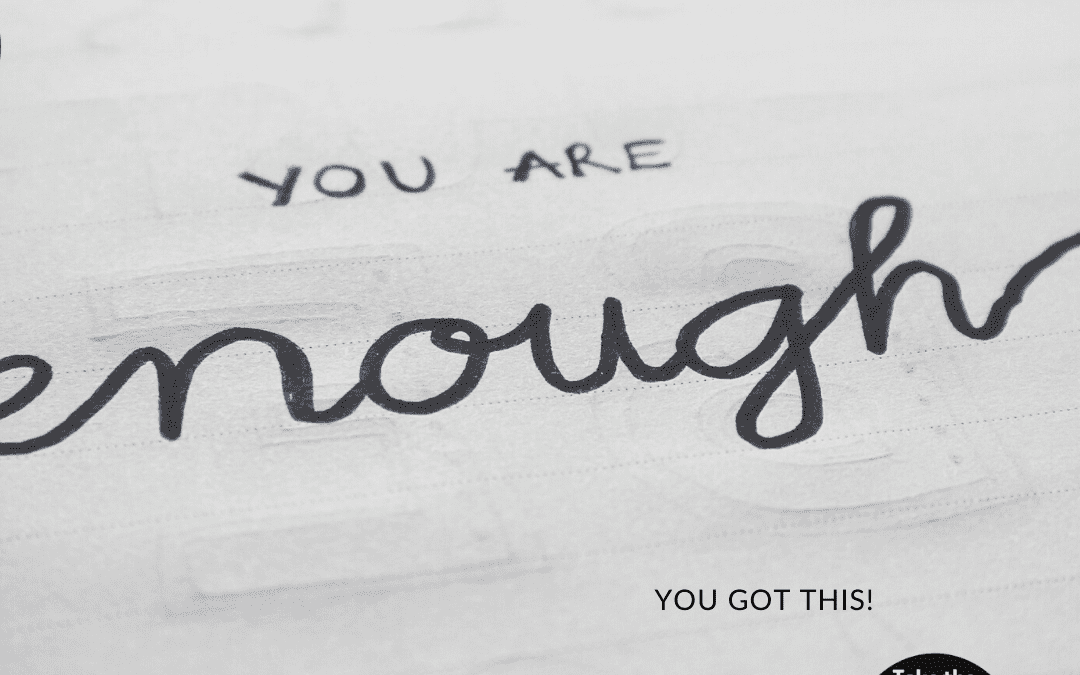
You Got This
Give yourself some positive affirmations. When things get tough, pause and recognize you are strong, safe, and capable of doing tough things. Acknowledge you are doing to best you can. Discuss. Take the #20percentchallenge.
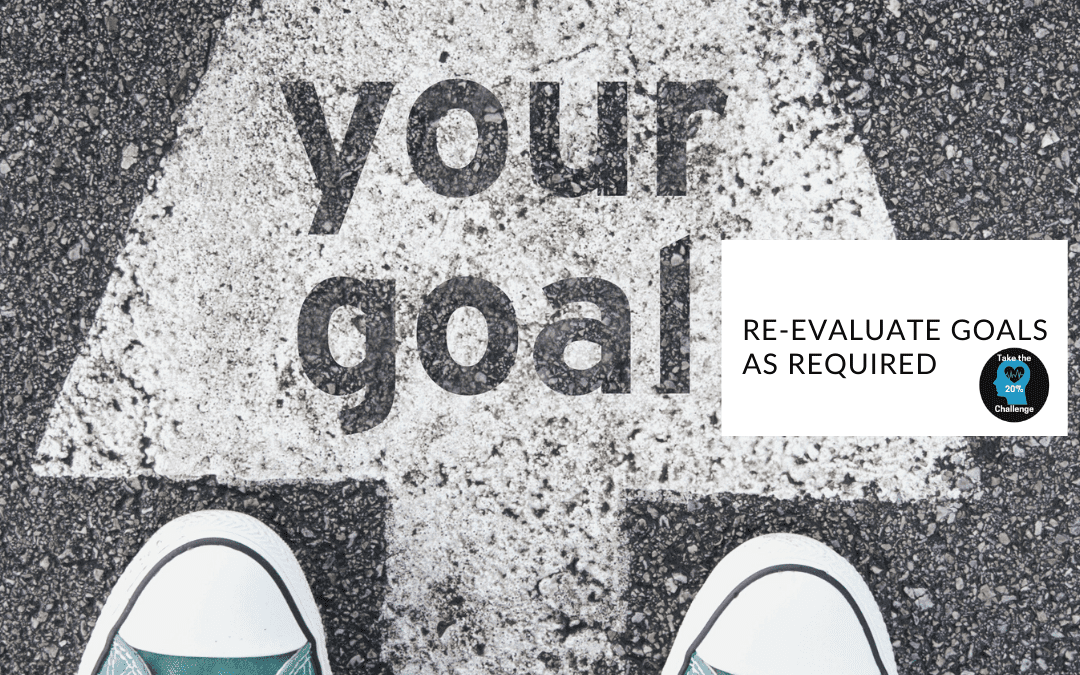
Re-evaluate Goals
Can you think of a time when it was appropriate to adjust a goal?
Discuss.
Take the #20percentchallenge
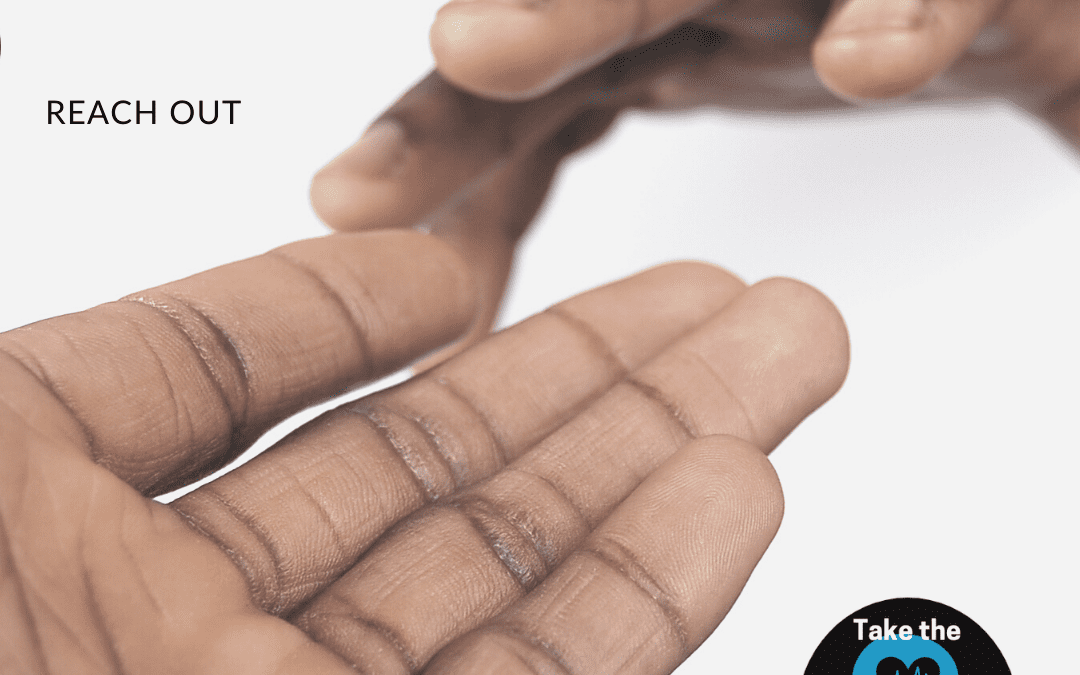
Reach Out
We all have unique experiences, but we are not alone.
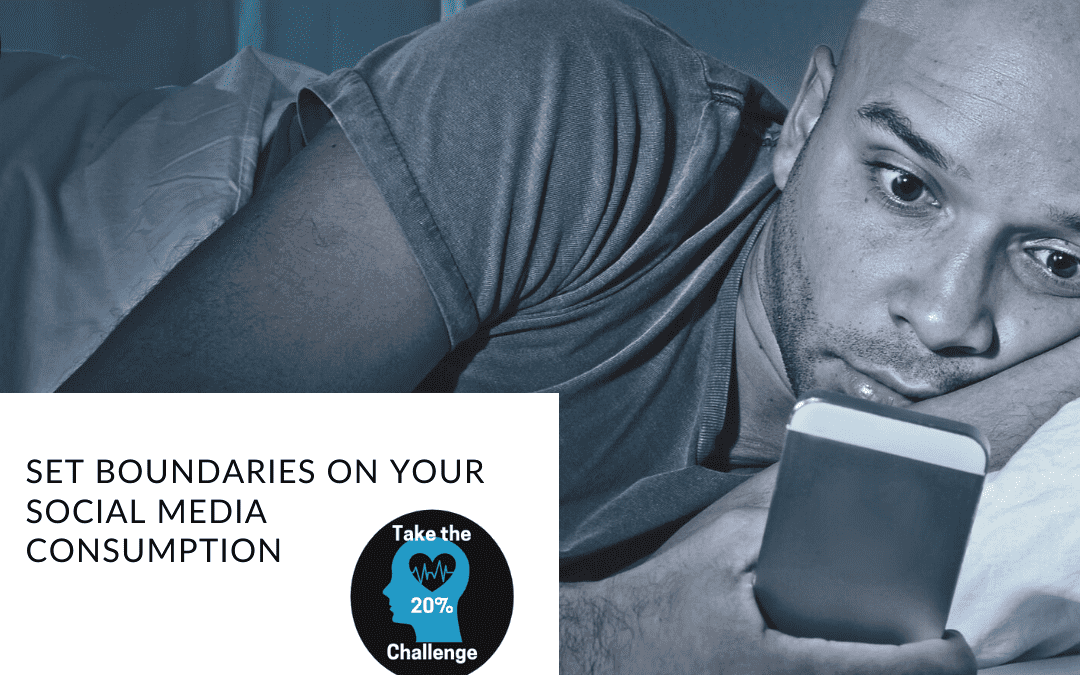
Set Boundaries
Pay attention to how much news you consume, the people you talk to and how the thoughts and feeling you have impacted your sense of well-being.
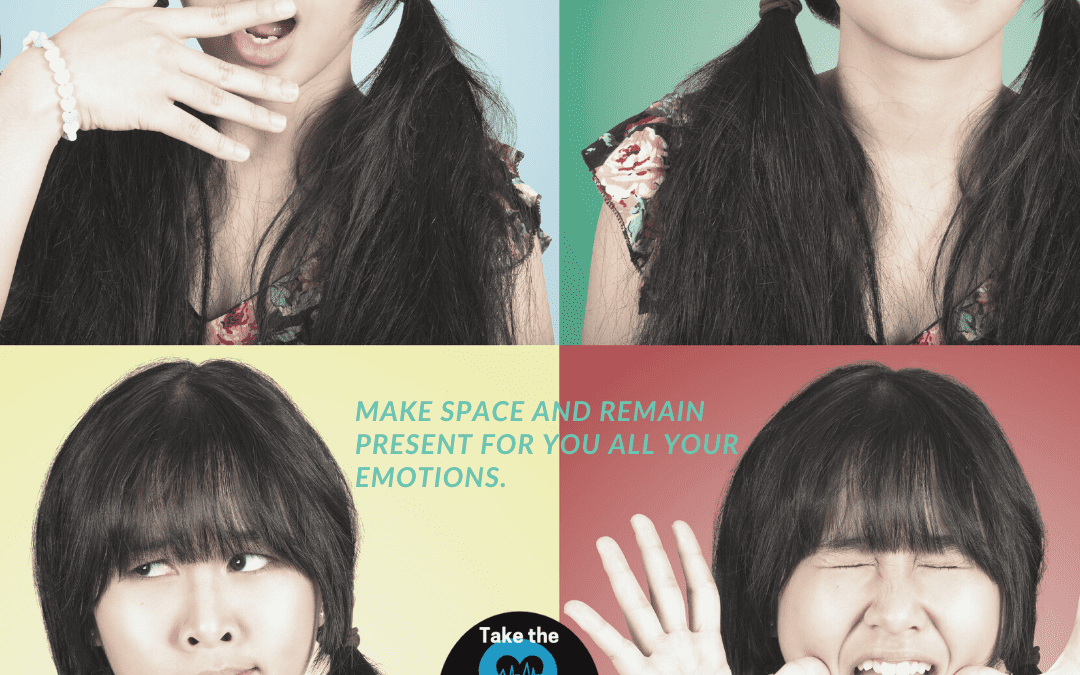
Make Space for All Your Emotions and Create Positive Experiences
Being compassionate to yourself while being present to all your emotions can increase the quality of your mental health and wellness.
Take the #20perceentchallenge.

Journaling
Mental Health Moment: Journaling
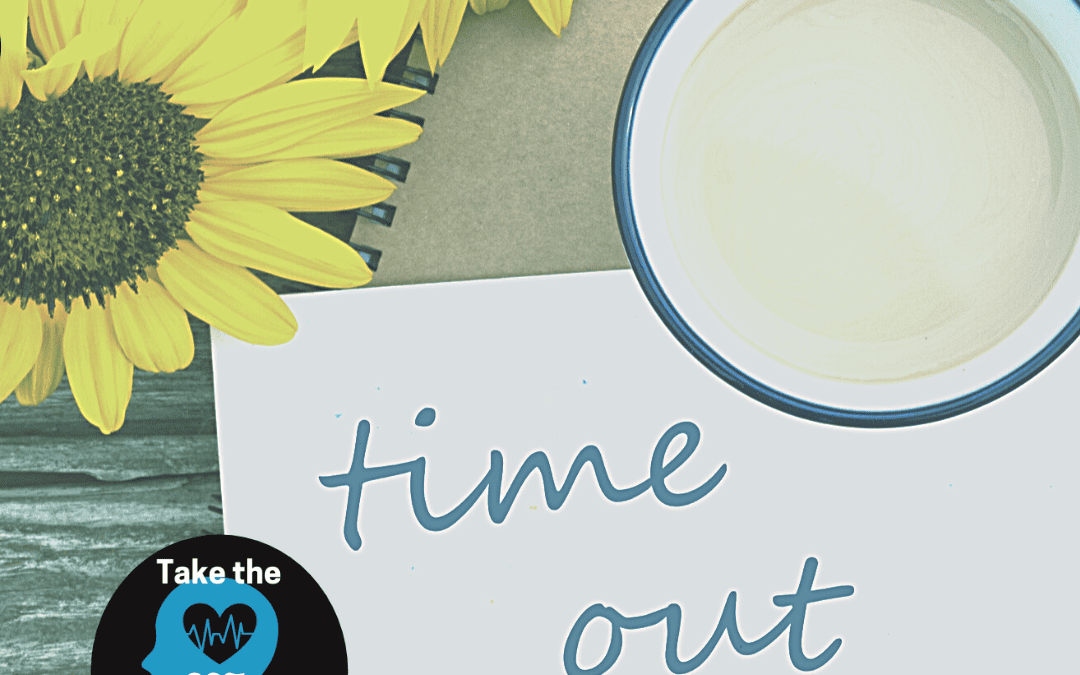
Take a Time Out
Mental Health Moment: Learn the value of allowing yourself and others a time out.
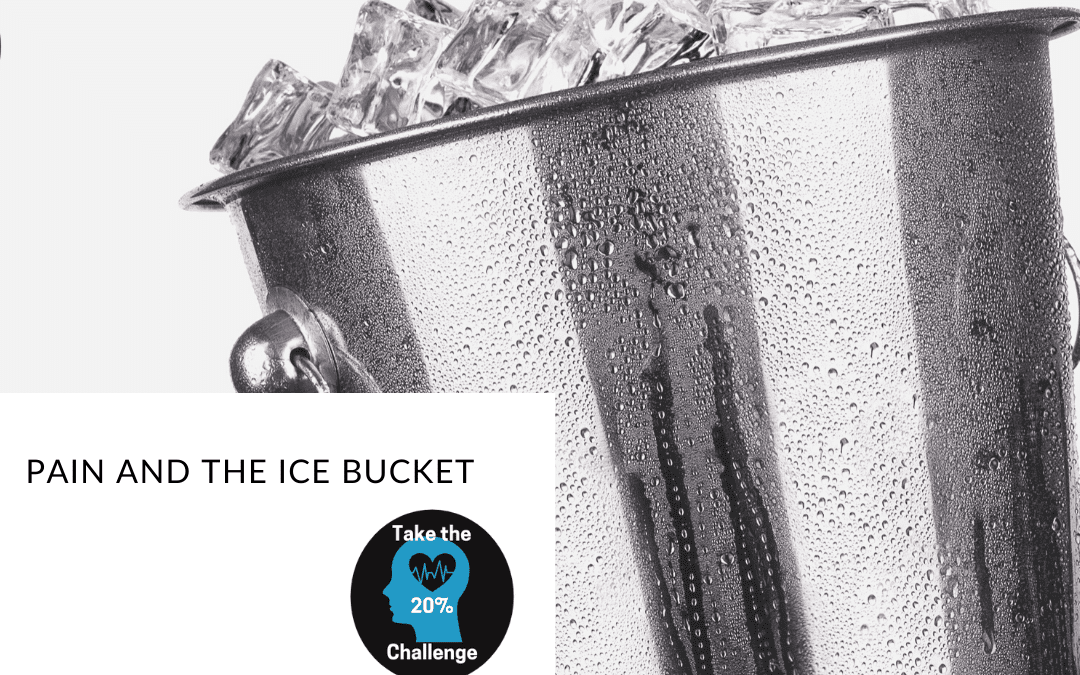
Pain and the Ice Bucket
To measure tolerance for pain and coping mechanisms for pain, researchers filled a bucket with cold water and ice. They told two groups of participants to place their hand in the ice bucket and keep it in the bucket of ice and water for as long as they could bear. For...

The Jackal and the Mange Analogy
There was a jackal in distress.It sat under a tree, then moved to a cave, rushed out of the cave to a bush and then ran out into the long grass, eventually returning to the tree. The jackal blamed the tree, the cave, the bush, the long grass, and the tree again for...
Mental Health at Work Toolkit
Coming Soon!
This Mental Health and Wellness at Work Practice: Implementation Guide and Toolkit (the “Practice”) intends to be freely accessible in an open-source format for:
- employers
- employees,
- unions,
- families, and
- service, representative and advocate for individuals and organizations.
A committee of cross-functional experts (the “Committee”) developed the Practice, motivated by their compassion and sense of service toward improving mental health and wellness.
The Practice endeavours to:
- increase the quality of the lived experience of individuals and groups regarding mental health and wellness at work, and
- improve responses and outcomes for individuals and organizations seeking to foster mental health and wellness in and around workplaces.
With gratitude, we thank the following who contributed to the development of the Practice.
The Committee
| Name | Organization | Perspective |
| Dr. Tammy Hugie, BSc, MD, FRCPC, Psychiatry | Alberta Mental Health Advocacy Coalition (AMHAC) | Psychiatry and mental health advocacy |
| Janie Jassman, RN, COHN (C) | Tervita Corporation | Nursing and workplace occupational health, safety and disability management |
| David Langley | United Workforce Group | Employee representative and advocate |
| Sam Kemble, CHRP, CTMP, B.A., B.Comm. | Workforce Delivery Inc. | Human resources and employee/industrial relations |
| Dr. John Streukens, Ph.D., M.Ed., R.Psych., CRHSP, ICADC, ICCDPD, CCAC, RSAS, US-DOT-SAP | S.A.E. Psychological | Psychological and addiction assessment and treatment |
Interested in getting involved?
Consider participating in the Annual Reviews of the Toolkit
To keep current and continuously imrpove, the Toolkit will need to be reviewed. Consider signing up if you are interested in getting involved.
